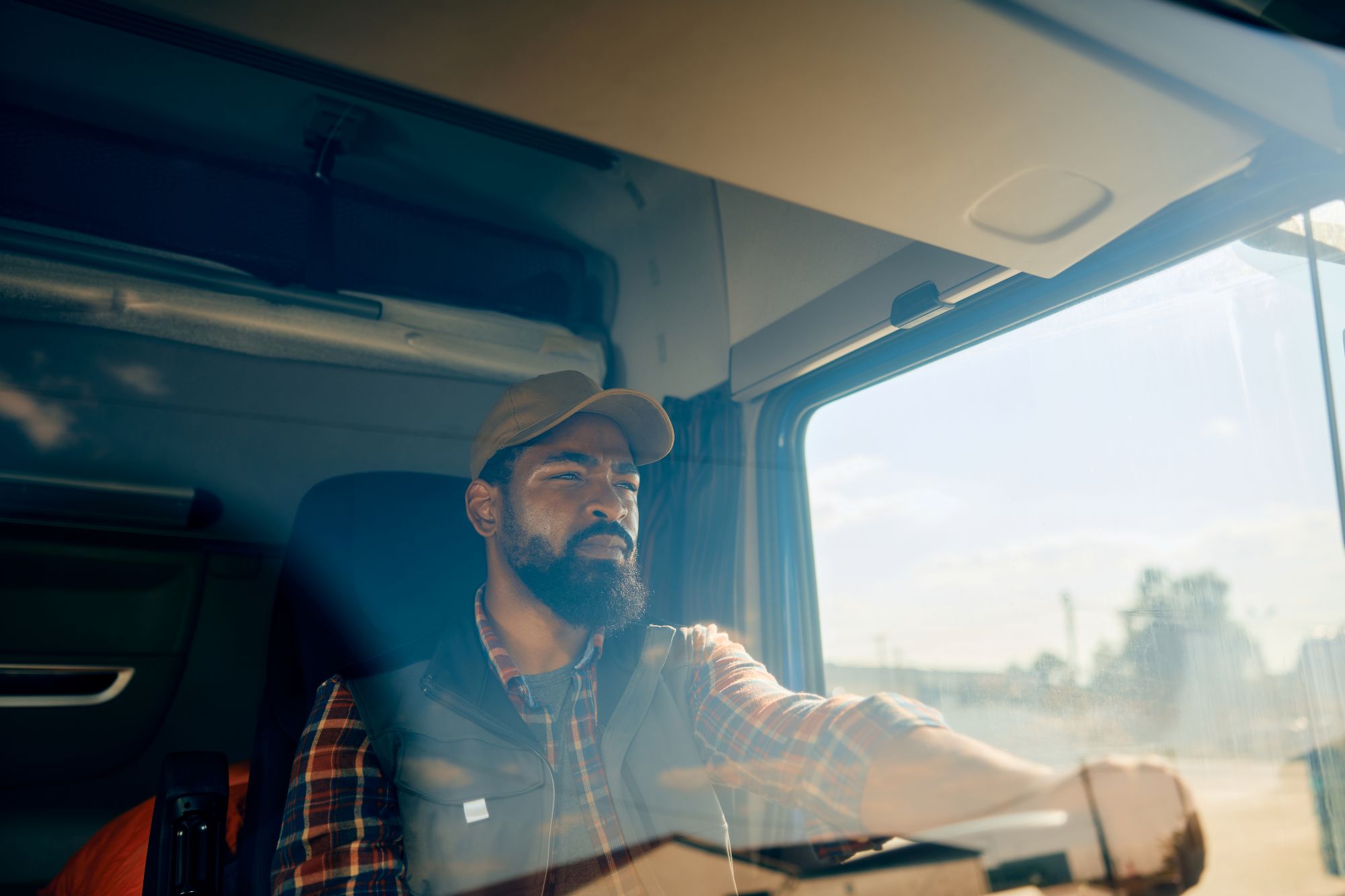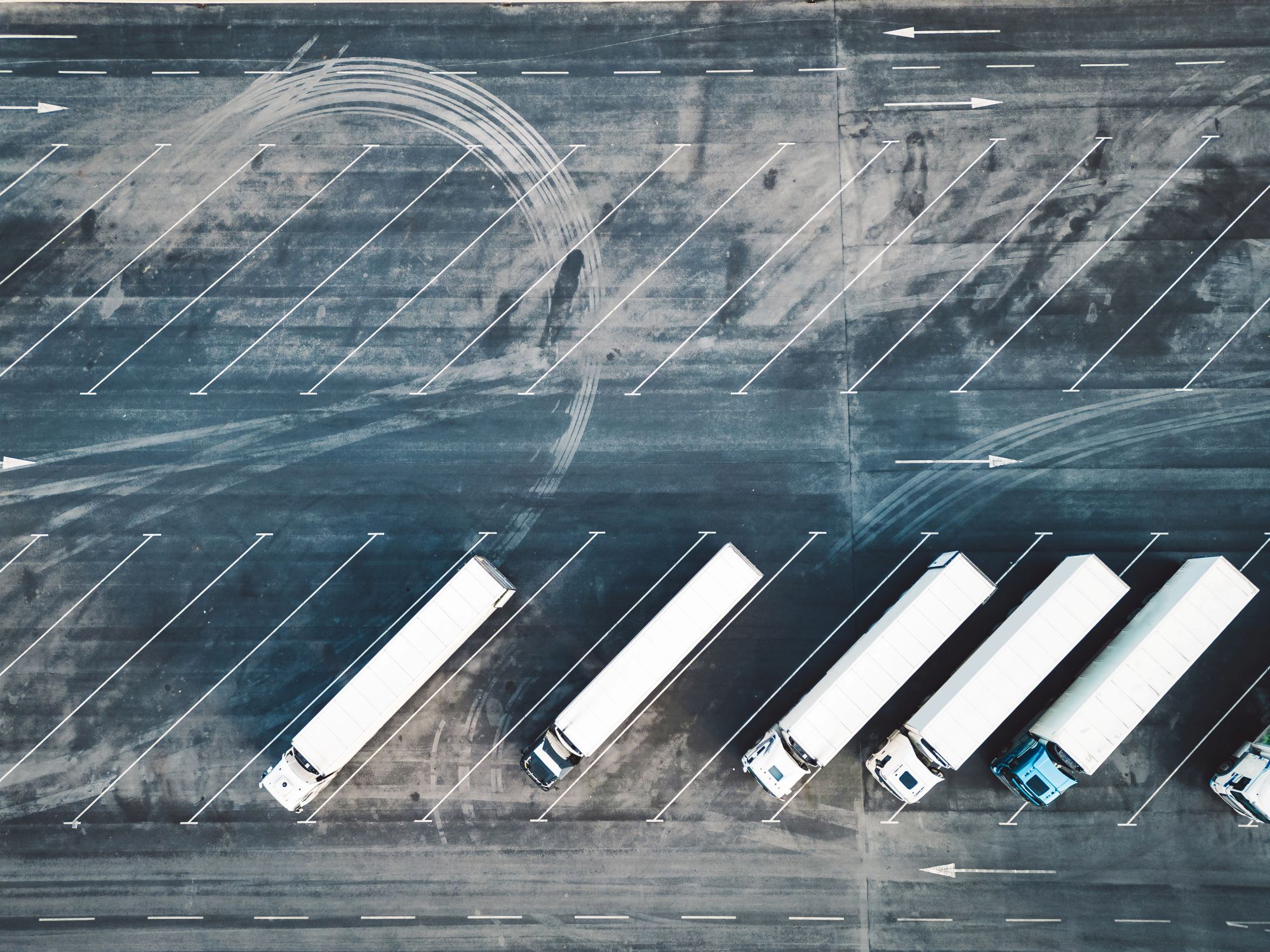
Guest
Območja z nizkimi emisijami v Španiji: Kaj morajo vedeti upravljavci voznih parkov
Ustvarjeno: 03. 10. 2025
•
Posodobljeno: 08. 10. 2025
Do konca leta 2025 bo 149 španskih mest - od Madrida in Barcelone do turističnih središč, kot so Valencia, Alicante in Benidorm - omejilo dostop za vozila z visokimi emisijami. Za upravljavce voznih parkov to pomeni nova tveganja glede skladnosti, drage posodobitve in krajše dobavne roke.
Španska območja z nizkimi emisijami (Zonas de Bajas Emisiones ali ZBE) so del širših evropskih prizadevanj za izboljšanje kakovosti zraka in zmanjšanje emisij iz prometa. Te cone že delujejo v večjih mestih po vsej državi in se izvajajo z globami do 200 EUR, pravila pa se razlikujejo od mesta do mesta.
V tem priročniku pojasnjujemo, kako delujejo ZBE, na katere kategorije vozil se nanašajo in kaj morajo storiti upravljavci, da bodo njihovi vozni parki ostali na cesti.
Pravila ZBE in kategorije vozil
ZBE se v skladu s špansko zakonodajo uvajajo v mestih z več kot 50.000 prebivalci (in v tistih z več kot 20.000 prebivalci, kjer je kakovost zraka še posebej slaba), da bi izboljšali kakovost zraka v mestih in podprli podnebne cilje EU.
Dostop do ZBE je določen z okoljsko značko vozila (distintivo ambiental), ki jo izda španski Generalni direktorat za promet (DGT).
Kategorije so naslednje:
Zero (modra značka):
(1): popoln dostop
● 100-odstotno električna vozila (BEV)
● Vozila na vodikove gorivne celice (FCEV)
● priključni hibridi z najmanj 40 km električnega dosega
Eco (zelena/modra oznaka):
Na splošno neomejen dostop
● Standardni hibridi (HEV)
● priključni hibridi z električnim dosegom, krajšim od 40 km
● vozila na plinski pogon (CNG/LNG/LPG)
C (zelena značka):
Dostop z nekaterimi časovnimi/območnimi omejitvami
● Bencinska vozila: Euro 4/5/6 (običajno od leta 2006 naprej)
● Dizelska vozila: Euro 6 (običajno od leta 2014 naprej)
B (rumena značka):
Vedno bolj omejeno, pogosto prepovedano v času prometnih konic
● Bencinska vozila: Euro 3 (običajno 2000-2005)
● Dizelska vozila: Euro 4-5 (običajno 2006-2013)
Brez značke:
Na splošno prepovedan dostop do vseh ZBE
● Bencinska vozila pod standardom Euro 3
● Dizelska vozila pod standardom Euro 4
Za bencinska vozila, ki ne izpolnjujejo standarda Euro 3, in dizelska vozila, ki ne izpolnjujejo standarda Euro 4, je vožnja po ZBE običajno prepovedana, čeprav se omejitve razlikujejo glede na mesto.
Pomembno je opozoriti, da se morajo tuja vozila pred vstopom v ZBE registrirati pri lokalnih mestnih občinah, tudi če izpolnjujejo enakovredne standarde Euro. Brez registracije se lahko skladna vozila samodejno kaznujejo, kar je postalo pogosta težava za mednarodne prevoznike, ki delujejo v Španiji.

Območja, na katera vplivajo ZBE
V Madridu in Barceloni že več let veljajo ZBE z zelo specifičnimi pravili in velikimi območji pokrivanja. Do konca leta 2025 se bo sistem razširil na 149 mest, vključno z manjšimi mesti in turističnimi destinacijami, kot so Benidorm, Valencia, Sevilla in Alicante.
Nekatera mesta še vedno uvajajo ali postopoma uveljavljajo svoja območja, pri čemer imajo vzpostavljena prehodna obdobja (npr. opozorila do konca leta 2025 v Valencii in Benidormu). Druga, kot je Málaga, bodo začela kaznovati vozila, ki ne izpolnjujejo zahtev, decembra 2025.
Opozoriti je treba, da imajo lahko mesta različna pravila, pri čemer nekatera dovoljujejo uporabo vozil, ki niso skladna z zahtevami, za bistvene storitve, zato je pomembno, da se pred napotitvijo vozila seznanite s pravili določenega mesta.
Španija ni edina: več kot 320 mest po vsej Evropi zdaj delujejo LEZs, s francoskim Crit'Air sistem, nemški Umweltzonen in UK je ULEZ med najbolj uveljavljenimi. Za čezmejne prevoznike to ustvarja mozaik pravil, nalepk in kazni, ki povečujejo tveganja in stroške usklajevanja.
Kaj morajo storiti upravljavci voznega parka
Zagotoviti morate, da imajo vaša vozila ustrezno oznako DGT ali registracijo, če so opremljena s tujimi oznakami.
Globe za neskladnost so običajno določene v višini 200 EUR na kršitev, čeprav se lahko razlikujejo glede na občino. Mesta, kot sta Madrid in Barcelona, so te kazni že začela izrekati prek sistemov za samodejno prepoznavanje registrskih tablic (ANPR).
Vprašanja za upravljavce voznega parka
Obnova flote in stroški
Številna logistična podjetja se soočajo z ovirami, ker je vožnja starejših dizelskih tovornjakov v mestih prepovedana ali omejena. Dejansko je povprečna starost tovornega voznega parka v Španiji 14 let. To pomeni, da precejšnje število vozil ni v skladu z zahtevami in jih je treba zamenjati, če želijo prevozniki vstopiti v ZBE.
Cene vozil še povečujejo pritisk: električni težki tovornjak je lahko trikrat dražji od dizelskega, tovornjaki na vodik pa so še dražji.
Špansko združenje za tovorni promet CETM-Madrid ocenjuje, da kumulativni izdatki madridskih podjetij za cestni tovorni promet znašajo približno 1,3 milijarde EUR (https://transporteprofesional.es/ultimas-noticias/cetm-madrid-reclama-modificar-el-calendario-de-acceso-a-las-zonas-de-bajas-emisiones-a-los-camiones), ter poziva k prilagoditvi rokov in večji podpori.
Časovno stiskanje
Podatki kažejo, da spremembe vplivajo na urnike dostave. Nedavna raziskava med podjetji na pilotnih območjih je pokazala, da jih je [36,7 % poročalo o daljših dobavnih rokih in višjih stroških pošiljanja] (https://www.jiem.org/index.php/jiem/article/download/6902/1089).
Zastoji so pogosti tudi v času omejene dostave (8-10 ur), ko se za dostop potegujejo številni prevozniki. Približno 83 % anketiranih podjetij je kot glavni vzrok za zamude navedlo tudi pomanjkanje ustreznih površin za nakladanje/razkladanje.
Ta učinek "časovne kompresije", ko so dostave prisiljene opraviti v manjšem številu ur, ustvarja ozka grla na mejah območij, kar povečuje verjetnost poznih prihodov in motenj v dobavnih verigah.
Kadrovski pritiski
Motnje v urniku presegajo načrtovanje poti vozil in zajemajo tudi upravljanje delovne sile. Barcelonski pristop k ZBE ponazarja ta izziv: mesto ponuja dveurne nočne dostavne slote (21:00-07:00) za zmanjšanje dnevnih zastojev, vendar španski delovni sporazumi določajo, da so dodatki za nočno delo približno 25-odstotni.
To upravljavce voznih parkov postavlja pred težko izbiro: ali se sprijazniti z zastoji in zamudami podnevi ali sprejeti višje stroške dela pri nočnih prevozih.
Okoljske koristi uvedbe ZBE
Kljub izzivom ZBE prinašajo jasne koristi za javno zdravje. Študije osrednje madridske cone LEZ so pokazale znatno zmanjšanje dušikovega dioksida (NO₂) v coni. Širše evropske raziskave kažejo, da so se emisije saj po uvedbi območij LEZ zmanjšale za 47 % in ultrafinih delcev za 56 %.
To zmanjšanje se neposredno odraža v boljši kakovosti zraka, manjšem številu bolezni dihal in manjšem številu hospitalizacij. Za prebivalce mest in voznike, ki ure in ure preživijo v prometnih zastojih, so koristi za zdravje oprijemljive, čeprav neprijetne.
Podpora voznikom in upravljavcem po vsej Evropi
"Območja z nizkimi emisijami bodo ostala," komentira Raqual Martinez, evropski vodja prodaje pri podjetju SNAP. "Izziv za našo skupnost je prilagajanje brez ogrožanja učinkovitosti ali dobrega počutja voznikov. V podjetju SNAP smo zavezani podpori voznim parkom v Španiji in po vsej Evropi, saj jim pomagamo spremeniti regulativne spremembe v operativno prednost."
Čeprav ne moremo spremeniti pravil LEZ, naša aplikacija intruck poenostavlja življenje na cesti. Vozniki jo lahko uporabljajo za iskanje in rezervacijo varnega parkirišča za tovornjake in pranje, preverite, katere zmogljivosti so na voljo na vsakem postanku, in načrtujte odmor za počitek, ki ustreza krajšim dostavnim oknom - ne glede na to, ali vozijo v Madrid, obidejo Barcelono ali prečkajo meje na daljših poteh.
Še danes prenesite aplikacijo intruck in si zagotovite nemoteno delovanje v spreminjajočem se španskem prometnem okolju.



